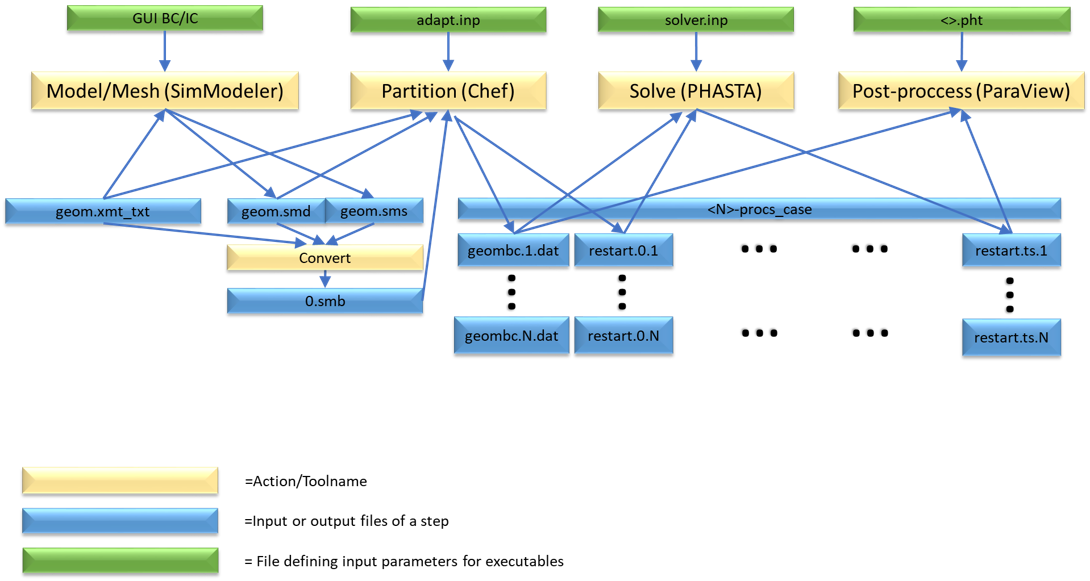Difference between revisions of "The On Ramp"
(→Level 1) |
(→Level 0) |
||
| Line 4: | Line 4: | ||
== Level 0 == | == Level 0 == | ||
Ready to get your feet wet? Maybe you need to brush up on some fundamental skills. Level 0 provides tutorials and information on basic developer skills you will need to work with PHASTA. | Ready to get your feet wet? Maybe you need to brush up on some fundamental skills. Level 0 provides tutorials and information on basic developer skills you will need to work with PHASTA. | ||
| + | * Logging in | ||
* Getting started with Linux | * Getting started with Linux | ||
* [[Git | Getting Git]] | * [[Git | Getting Git]] | ||
Revision as of 09:36, 4 September 2020
Welcome to the PHASTA On Ramp! This page is meant to organize information for getting up to speed with the overall PHASTA workflow, as well as help you up your game as a PHASTA developer.
Level 0
Ready to get your feet wet? Maybe you need to brush up on some fundamental skills. Level 0 provides tutorials and information on basic developer skills you will need to work with PHASTA.
- Logging in
- Getting started with Linux
- Getting Git
- Getting comfortable with Vim
- Getting started with CMake
- New to Fortran?
- Working with C++.
- Editing this Wiki
Level 1
So you think you know how to grep for keywords and mkdir some folders? Now you're probably ready to jump into PHASTA.

- The basic PHASTA Workflow: "Solidworks to ParaView"
- Making a CAD model
- Exporting to Simmetrix
- Meshing and Boundary conditions
- Partitioning
- Exporting to Chef
- Exporting to PHASTA
- Running the Solver
- Visualizing Results
Level 2
Now that you've plotted some "Colorful Fluid Dynamics" (CFD) you're probably interested in digging into the guts of PHASTA, and getting it running on some more interesting hardware.
- Building PHASTA from scratch (this page is out of date)
- Available linear algebra packages in PHASTA
- Building Chef and other SCOREC core tools
Level 3
ParaView isn't cutting it for your research? Now its time to start writing your own analysis code. How to do custom pre and post processing is described here, along with more complex ways of using PHASTA for interesting CFD simulations
- phastaIO, the structure of geombc and restart files
- MATLAB-based Analysis
- STG
Level 4
You're probably close to defending at this point, so before you go get that sweet industry job, you should drop some of your lofty knowledge here!